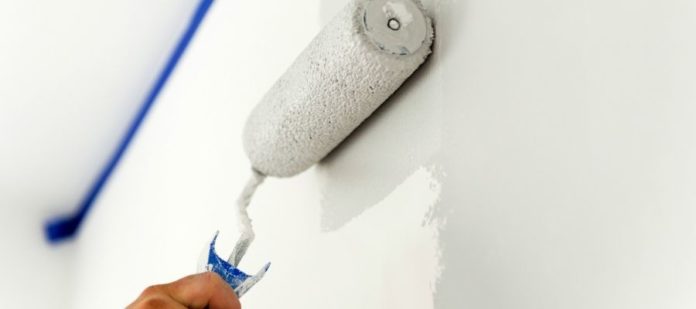Maybe you’ve just decided to take on your first painting project, or maybe you’ve done plenty of them in the past. No matter what your skill level is, painting is a delicate process that needs to be watched closely. If you want the best outcome, you’ll need to be methodical and planned out. When you go too quickly or don’t have a plan, unfortunate mistakes can occur. Here we’ll look at the common mistakes made while painting so you can do your best to avoid them.
Not Testing the Color
Before you even pick up a brush, you should be confident that the color you’ve selected is the one you really want. Some people will just judge by the paint swatch they get at the store, but the best way to tell if you’ll like the paint is to paint a small portion of your wall.
Leaving Painting Tape Up Too Long
Painter’s tape is essential if you want to have nice, crisp, clean lines. However, you shouldn’t leave it on the wall for very long with wet paint on it. This can lead to the tape chipping away at the edges of your paint job when you pull it up. If the tape gets too tacky and stuck, try using a hair dryer to loosen the adhesive.
Brushing Too Much
The ideal finish of paint is nice and smooth, with no brush marks. One common mistake made while painting is brushing the paint too much as it dries. This can lead to texture forming on the surface of the paint, revealing the brushstrokes. Only brush on fresh paint in one area at a time and let it dry before you start another coat.
Poor Lighting Conditions
You need to paint in a well-lit room if you want to make sure that your finish is exactly how you want it. A room without a lot of light can hide spots where you missed a second coat, leading to different parts of the wall having different finishes. Always have a good amount of light so you can see where you’ve gone over and where you need to hit again.
Not Taking Care of Your Tools
Your brushes and bins are essential to your paint job, so they need to be taken care of. Paint cans should be covered up between coats and your equipment should be maintained between each painting session.

























